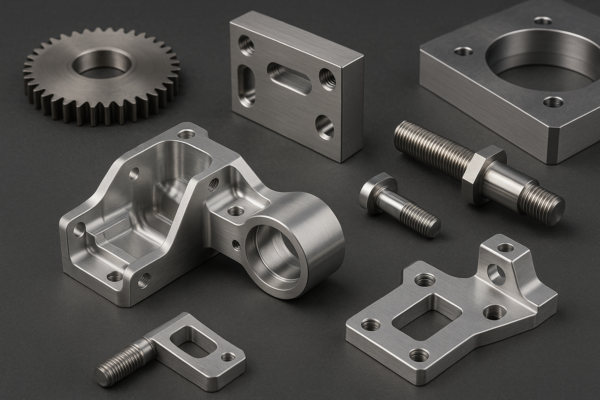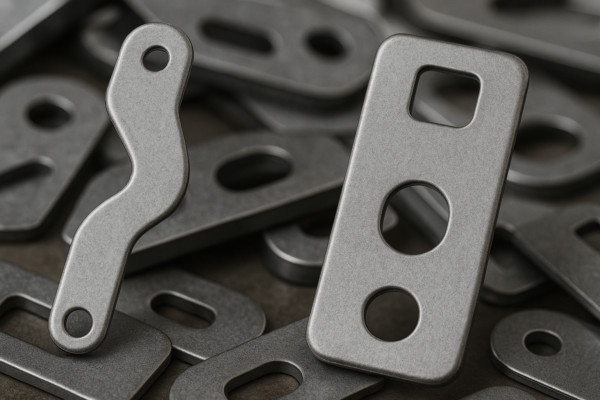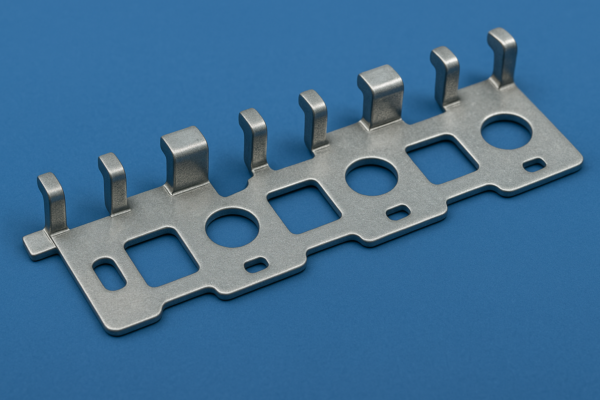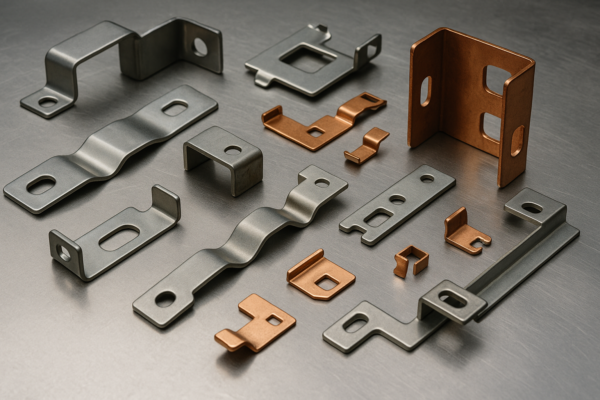What Are the 93 Metal Elements?
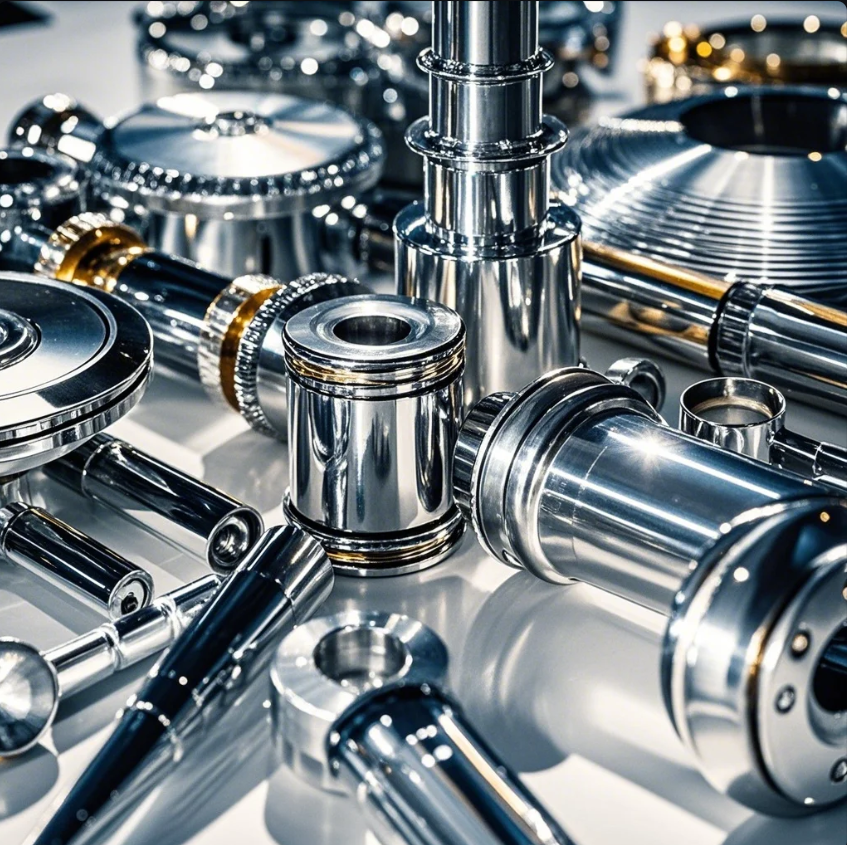
The periodic table features a vast array of elements, with metals playing an essential role in various industries. From construction to technology, metals are indispensable in shaping the modern world. This article delves into the 93 metal elements, their properties, and how they impact different sectors.
Snippet paragraph: Learn about the 93 metal elements on the periodic table, their properties, and their applications across various industries like manufacturing and technology.
Transition paragraph: Let’s take a deeper dive into the 93 metal elements, focusing on their unique characteristics and industrial significance.
What Are the 93 Metals in the Periodic Table?
The periodic table includes 118 known elements, and metals make up the majority of these elements. These 93 metallic elements are grouped based on their shared properties, such as conductivity, malleability, and luster. They are categorized into different types, including alkali metals, transition metals, and rare earth elements.
Snippet paragraph: The periodic table contains 93 metal elements, which are used in a variety of applications, from electronics to construction and aerospace.
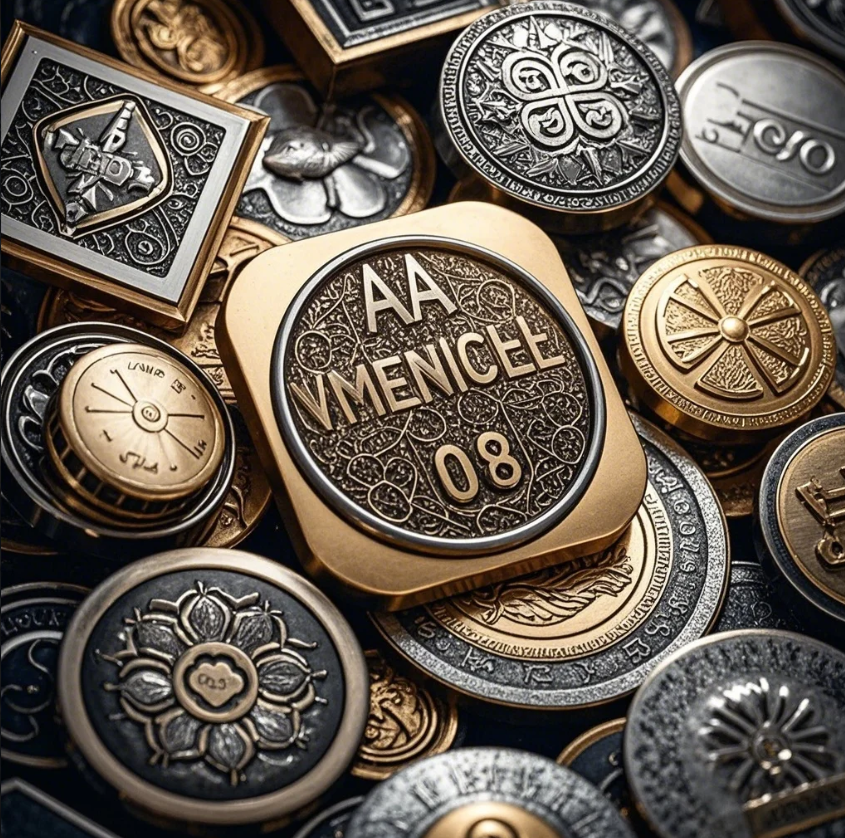
A Breakdown of the 93 Metallic Elements
-
Alkali Metals
Alkali metals are highly reactive and include elements like lithium (Li), sodium (Na), and potassium (K). These metals are primarily used in batteries, industrial processes, and chemical manufacturing. -
Alkaline Earth Metals
This group includes metals like magnesium (Mg) and calcium (Ca), known for their high melting points and reactivity. They are used in materials such as alloys and fertilizers. -
Transition Metals
These include elements like iron (Fe), copper (Cu), and gold (Au), which are widely used in construction, electronics, and jewelry. Transition metals are often combined to form alloys that are stronger and more durable. -
Post-Transition Metals
Examples of post-transition metals are aluminum (Al), tin (Sn), and lead (Pb). These metals are commonly used in construction, electronics, and automotive industries. -
Lanthanides and Actinides
Lanthanides (such as cerium Ce and lanthanum La) and actinides (such as uranium U and thorium Th) are rare earth elements with specialized uses in nuclear reactors, electronics, and magnetic materials.
LOOP_END
What Element Has 93?
Element 93 on the periodic table is Neptunium (Np). This is a radioactive metal that was first synthesized in 1940. Neptunium is primarily used in nuclear reactors and is part of the actinide series.
Snippet paragraph: Element 93 is Neptunium (Np), a radioactive metal used mainly in nuclear energy applications.
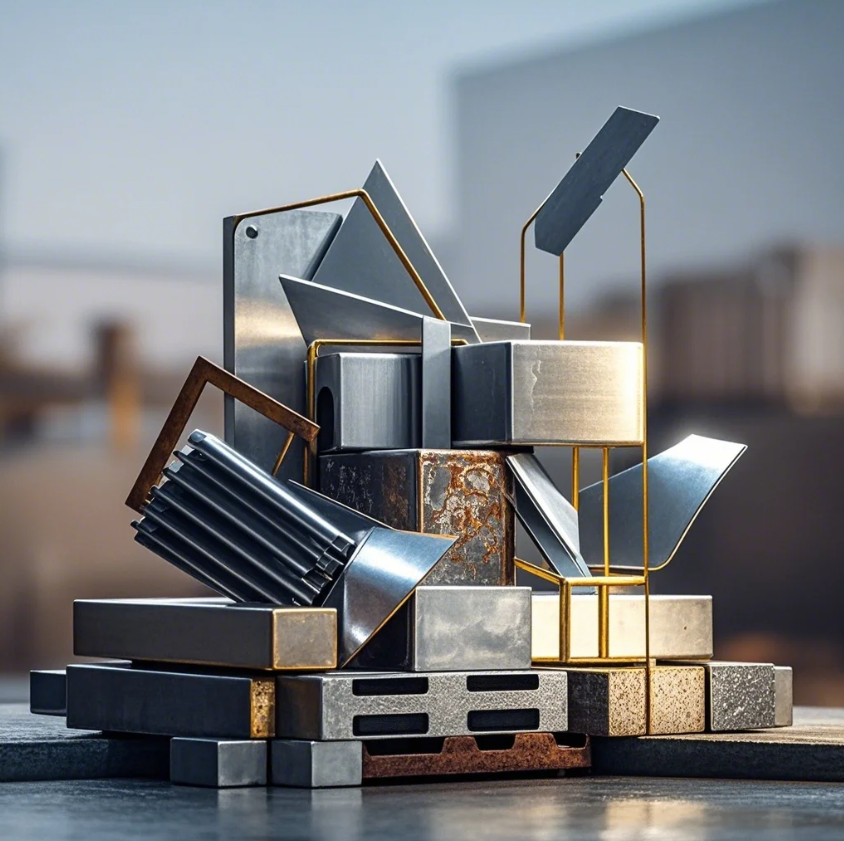
Neptunium: A Radioactive Metal
Neptunium is one of the heavy metals found in the actinide series. It has no significant commercial applications, but it is crucial in nuclear energy research. Neptunium-239, an isotope of Neptunium, is used to produce plutonium-239, a material widely used in nuclear reactors and weapons.
Neptunium is named after the planet Neptune, following the naming convention of naming elements after planets (with uranium named after Uranus). Although it is not commonly encountered, Neptunium’s role in nuclear chemistry and energy production makes it significant in specialized fields.
What Is the Element 119 Metal?
Element 119 is yet to be discovered but is predicted to be a part of the alkali metals group. The discovery of element 119 would expand the periodic table into a new period, and scientists have already hypothesized its properties. It would likely have a similar reactivity to other alkali metals like potassium and sodium.
Snippet paragraph: Element 119 is yet to be discovered, but it is expected to be an alkali metal with similar properties to sodium and potassium.

The Potential Properties of Element 119
Scientists believe that element 119, once discovered, will have unique properties due to its position in the periodic table. It would likely be highly reactive and have a low melting point, similar to other alkali metals. Researchers continue to explore methods to synthesize this element in laboratories, and its discovery would be groundbreaking in the world of chemistry.
Element 119 will be part of the seventh period of the periodic table and will add new insights into the behavior of extremely heavy elements. Due to its position in the alkali metal group, it could have applications in fields that require high reactivity or exotic materials.
What Is the 40th Metallic Element?
The 40th metallic element on the periodic table is Zirconium (Zr). This element is a transition metal known for its high resistance to corrosion and its strength at high temperatures. Zirconium is used in nuclear reactors, where its resistance to heat and corrosion is crucial for maintaining the integrity of reactor components.
Snippet paragraph: The 40th metallic element, Zirconium (Zr), is a corrosion-resistant metal used in nuclear reactors and aerospace applications.
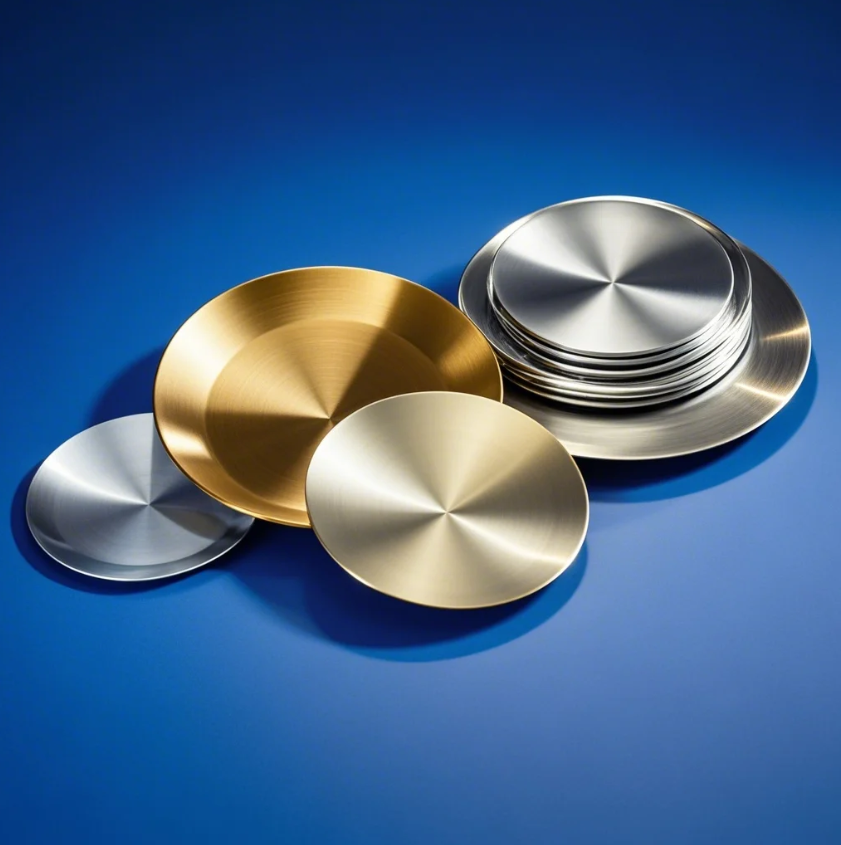
Zirconium: A Corrosion-Resistant Metal
Zirconium is commonly used in the nuclear industry because it does not absorb neutrons, making it ideal for use in reactor cores. Its durability and resistance to corrosion also make it useful in chemical processing and aerospace applications. Additionally, zirconium is used in the manufacturing of jewelry, as it is a highly durable material.
In the nuclear industry, zirconium alloys are used in fuel rods and other components exposed to high temperatures and radiation. The unique properties of zirconium ensure that it maintains its integrity even in the harshest environments, making it a critical material in the field of nuclear energy.
Conclusion
The 93 metal elements in the periodic table represent a wide range of materials that are vital to various industries, from energy production to electronics and aerospace. Metals like Neptunium, Zirconium, and the theoretical Element 119, each play important roles in scientific advancements and technological innovations.
At Prime, we specialize in supplying high-quality metal parts and components, from commonly used metals like copper and aluminum to specialized materials like zirconium for nuclear applications. If you’re looking for reliable metal parts, contact us today for a consultation and customized solutions to meet your business needs.

